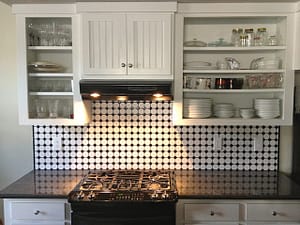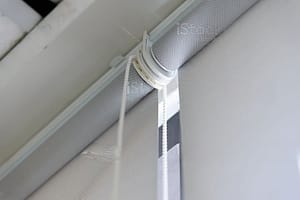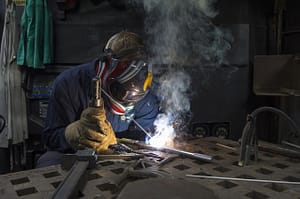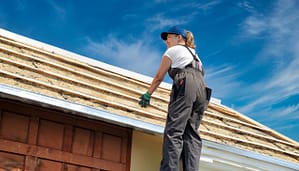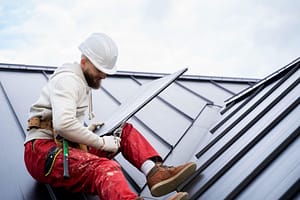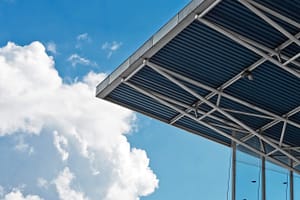
A leaky roof is almost inevitability. The roof, no matter how expensive and well-made will eventually develop a few leaks here and there. If you’re lucky enough, it won’t happen for a long time. If you’re unlucky, you will experience it every couple of years.
It all depends on the roofing material, how it was built, and the type of maintenance you do to your roof. But there are external forces that cause a roof to leak. Storms are the usual culprit, knocking one or a few shingles off the roof.
Heavy snow can also cause the foundation of the roof to buckle causing cracks to develop. These are circumstances out of your control and all you can do is try to minimize the damage and fix the problem as soon as possible.
Searching through the internet, there are numerous ways you can repair a leaky roof. The process usually depends on how serious the damage is.
With some tools and a little know-how on home construction, you can certainly repair a small to moderate roof damage. Below are a few tips that you can use to help you fix that leak from your roof.
1. Safety first
First, let’s start with safety tips. Being on such an elevated area, falling off the roof because you’re trying to repair it leads to very serious injury so precaution should be implemented. Always work on your roof on a sunny day when it’s completely dry because a wet roof can be very slippery and dangerous.
Next would be to wear the proper attire. Wear rubber-soled work boots that offer the best traction on the roof. For a steep roof, use a ladder with a good anchor for easier access to the rest of the area.
If you must, you can use safety ropes for added protection against falling. Lastly, always know the location of power lines and give it a wide berth while you’re working on the roof to avoid electrocution.
2. Find the source of the leak
As obvious as it sounds, finding the leak is really the first step in having it fixed. There are a number of ways to do this but the easiest and most convenient one is checking the attic or crawl space immediately below the roof for signs of water damage.
Using a flashlight, you can go up to the ceiling or attic and check for water stains or mold. Note where you found these signs and check the same spot on the exterior of the roof.
For the slanted roof, inspect areas higher than where you found the evidence of the leak. You can also dose different areas of the roof with a hose and have someone in the attic alert you for signs of leaks.
3. Shingled roof
Ask any roofers and they will tell you that shingled roof is the easiest to fix. Shingled roofs are the easiest to fix. This is because the entire roof is not one structure so a damaged section can be removed and replaced with a new one.
Curled shingles can easily be reattached with roof cement or with caulk. Place a good amount of cement on each corner of the shingle and press hard.
Shingles that can easily be lifted are rotten and should be replaced with new ones. For cracks, there’s no need to replace the shingle. A thick bead of cement or roof sealant is usually enough to regain its waterproofing.
4. Flat roof
For flat roofs, it is different. These types are built on layers of felt and tar and leaks usually occur on low spots or in areas where the felt has been damaged. But with a flat roof, the leaks can easily be detected due to water stains and accessing it won’t be as dangerous as a steeped roof.
Look for cracks on the felt or large blisters on the top layer. Cut these blisters open with a knife and pressed down on them firmly to get water out. Soak it with a rag to get all the water about before spreading roof cement or sealant on the blister.
5. Flashing
Most often than not, leaks happen on the metal flashing that connects the roof to chimneys, vent pipes, and two roof pitches. It’s imperative that these flashings are checked regularly to make sure they are still watertight.
If you see gaps along the joint, spread a good amount of roof cement over the joint. For pipe and chimney flashings, make sure there is no gap between it and the roofline. If a gap is noticed, apply caulk or roof cement to seal it.
Conclusion
Repairing any leaks on the roof immediately can save you a ton of money from having to call a contractor to fix more extensive damage. With the right equipment, material, and a little knowledge on roof repair, there’s no reason that you can’t handle simple leaks on your roof.

